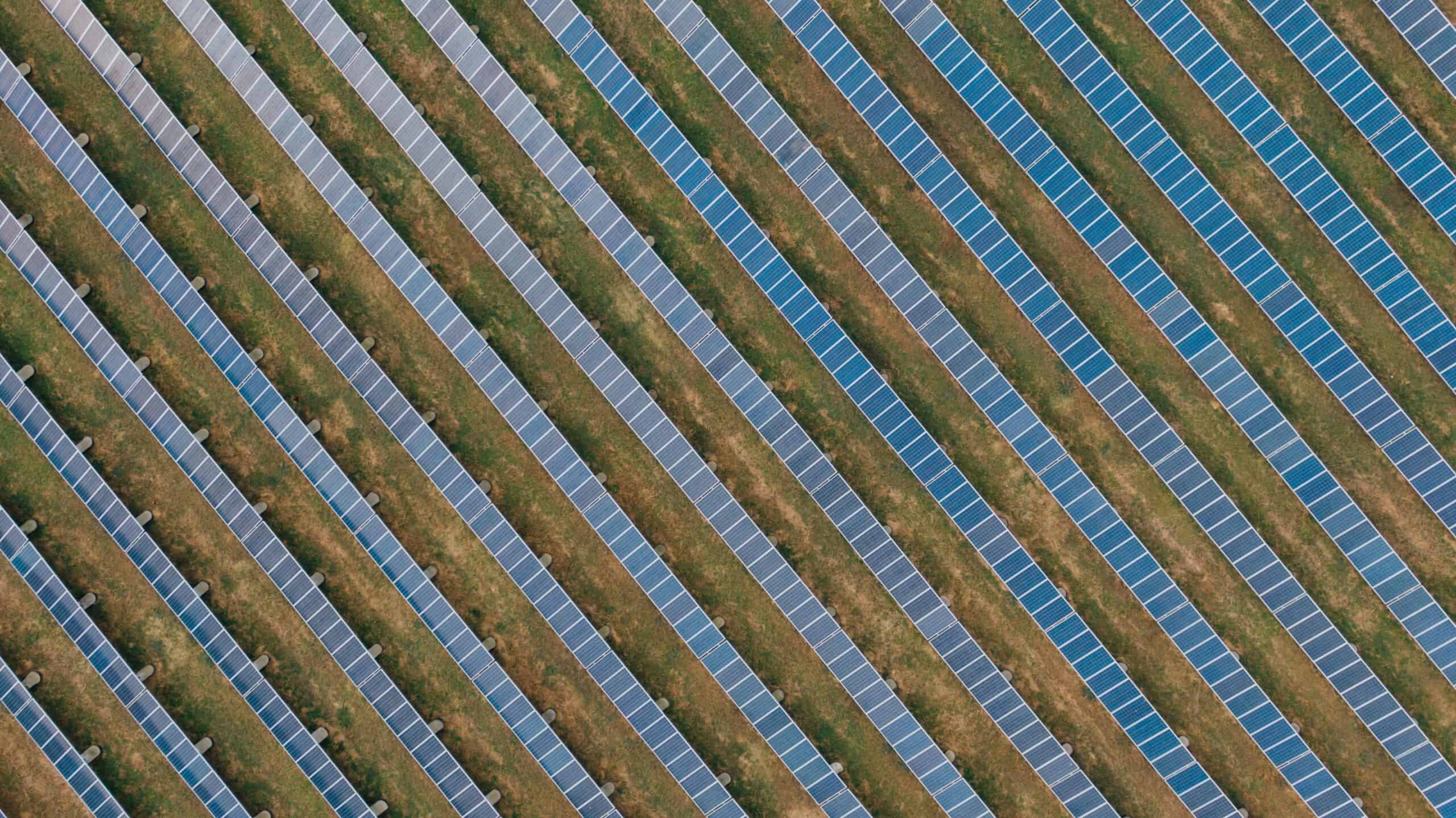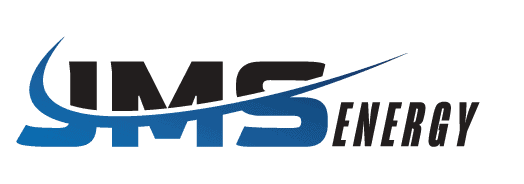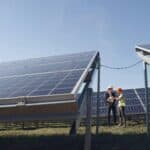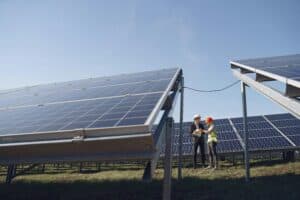
Table of Contents
As solar energy continues to grow worldwide, utility-scale solar farms have become a cornerstone of clean power generation. These sprawling installations—often covering hundreds of acres—produce massive amounts of renewable energy. But with that scale comes complexity. Large-scale solar farm maintenance is far more demanding than rooftop or small commercial systems, requiring specialized tools, strategies, and expertise.
At JMS Energy, we’ve spent years mastering the unique demands of utility-scale operations. Here’s a deep dive into the top 10 challenges of maintaining a solar farm—and how our team makes each one easier.
Introduction to Large-Scale Solar Farm Maintenance
Maintaining a solar farm is about more than just keeping panels in place. It’s about maximizing energy output, preventing costly downtime, and extending the life of the system. With thousands—or even millions—of interconnected components, proactive maintenance is critical to avoid small issues snowballing into major problems.
Utility-scale sites face unique obstacles, from environmental exposure to regulatory oversight. Without expert care, performance can drop, ROI can shrink, and safety risks can escalate.
Challenge #1 – Keeping Panels Clean at Scale
Even minor dust buildup can reduce output significantly. On a solar farm with thousands of panels, the losses can add up fast.
The JMS Energy Solution:
We use automated and water-efficient panel cleaning systems that cover large areas quickly, restoring maximum efficiency while conserving resources.
Challenge #2 – Managing Vegetation Growth
Weeds, grasses, and shrubs can block sunlight and damage panel supports.
The JMS Energy Solution:
Our team implements eco-friendly vegetation control, including selective mowing, natural barriers, and pollinator-friendly landscaping to balance performance and sustainability.
Challenge #3 – Detecting and Fixing Faulty Panels
Locating a single underperforming panel in a sea of thousands is a needle-in-a-haystack problem.
The JMS Energy Solution:
We use drones with thermal imaging to detect temperature anomalies and pinpoint faulty modules quickly—saving hours of manual inspections.
Challenge #4 – Preventing Electrical Failures
Inverters, transformers, and wiring are vital to keeping energy flowing to the grid. Failures here can cause major downtime.
The JMS Energy Solution:
Our preventive electrical maintenance program checks connections, load balancing, and component health to catch issues before they escalate.
Challenge #5 – Weather and Environmental Damage
Storms, hail, high winds, and extreme temperatures can all damage panels and structures.
The JMS Energy Solution:
We maintain rapid-response repair teams ready to assess and restore damage quickly, minimizing downtime and lost revenue.
Challenge #6 – Monitoring System Performance
Without real-time monitoring, issues can go undetected for weeks.
The JMS Energy Solution:
Our remote monitoring platforms track performance 24/7, sending alerts when any component drops below expected output.
Challenge #7 – Ensuring Worker Safety
Large-scale sites present hazards such as high-voltage equipment, extreme heat, and wildlife encounters.
The JMS Energy Solution:
We enforce strict safety protocols, including specialized training, PPE requirements, and job-specific hazard assessments.
Challenge #8 – Maintaining Compliance with Regulations
From environmental impact to electrical codes, large-scale solar farms must meet numerous regulations.
The JMS Energy Solution:
We manage all compliance documentation and inspection records, ensuring your site is always audit-ready.
Challenge #9 – Minimizing Downtime
Every minute your solar farm is offline means lost income.
The JMS Energy Solution:
We provide fast diagnostics and targeted repairs, prioritizing quick fixes while planning long-term solutions.
Challenge #10 – Managing Long-Term Asset Degradation
Over decades, components naturally wear out. Planning for replacements keeps performance high.
The JMS Energy Solution:
Our lifecycle management strategies help you forecast equipment replacement needs, budget for upgrades, and avoid unexpected breakdowns.
How JMS Energy Simplifies Large-Scale Solar Farm Maintenance
JMS Energy approaches large-scale solar farm maintenance with a combination of cutting-edge technology, experienced technicians, and proven processes. From drone inspections to predictive analytics, we deliver faster results, higher uptime, and better ROI for operators.
Why Partner with JMS Energy
- Proven track record in maintaining solar farms nationwide
- NABCEP-certified technicians for expert service
- Full-service approach covering cleaning, repairs, compliance, and monitoring
FAQs About Large-Scale Solar Farm Maintenance
1. How often should a large-scale solar farm be inspected?
At least twice a year, plus after major weather events.
2. Do solar farms need constant cleaning?
Cleaning frequency depends on location and environmental factors, but most farms benefit from 2-4 cleanings annually.
3. How long do solar farm components last?
Panels can last 25+ years, but inverters and batteries may need replacement sooner.
4. Can JMS Energy service remote sites?
Yes, we maintain crews and equipment to reach even the most remote locations.
5. What’s the biggest cause of performance loss in solar farms?
Dirty panels and faulty electrical components are leading contributors.
6. Is drone inspection worth it?
Absolutely—it’s faster, safer, and more accurate than manual inspections.
Conclusion

Large-scale solar farm maintenance comes with unique challenges—but with JMS Energy on your side, those challenges become manageable, predictable, and cost-effective. From cleaning and compliance to repairs and remote monitoring, we deliver solutions that keep your solar farm running at peak performance.
Contact JMS Energy today to learn how we can optimize your solar farm’s performance and protect your investment.




